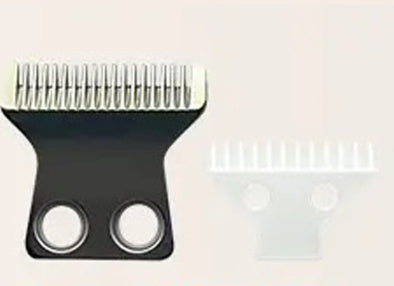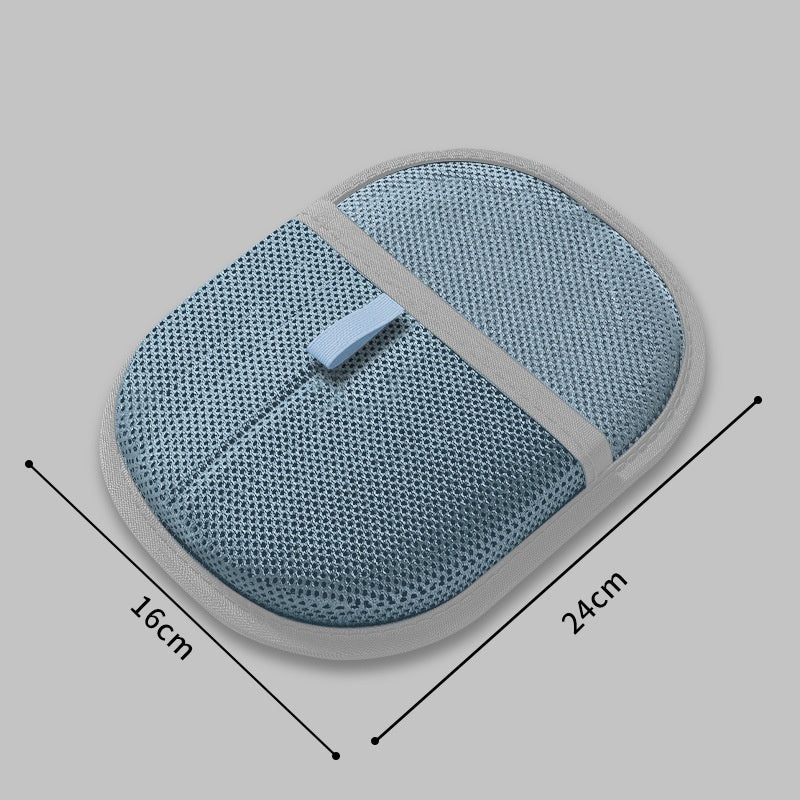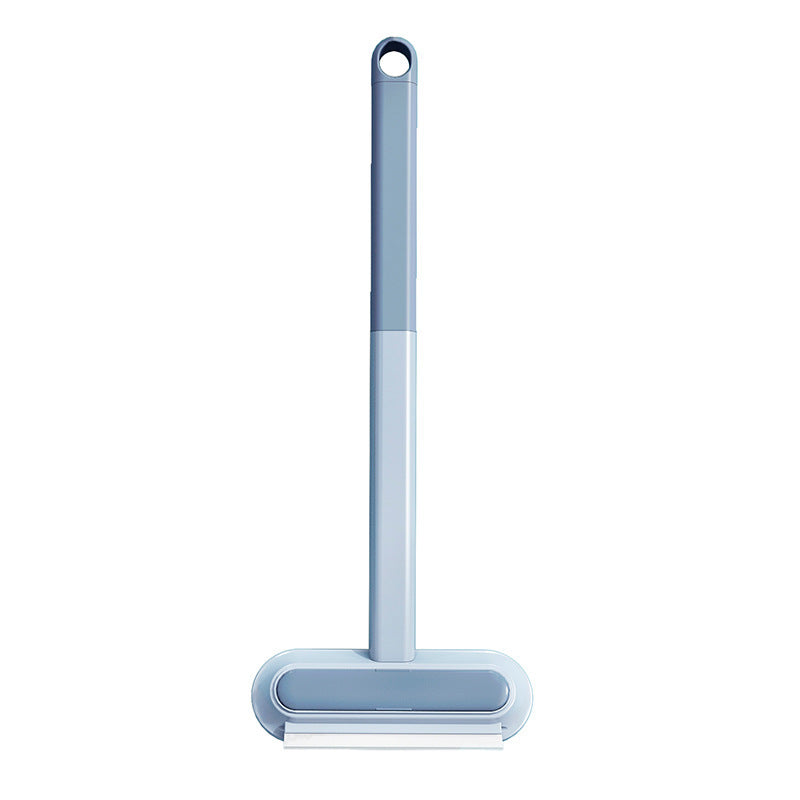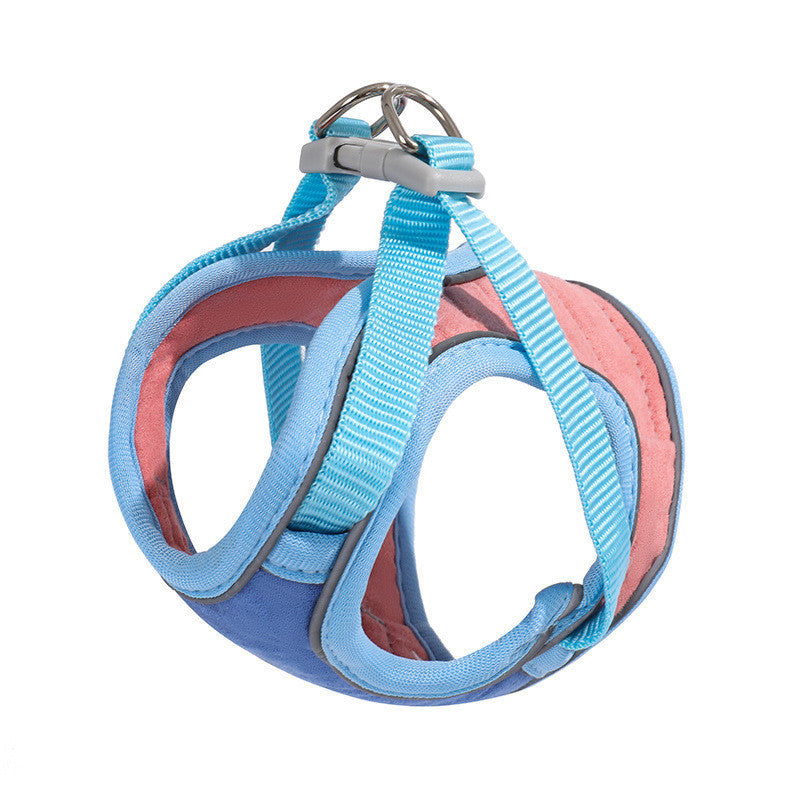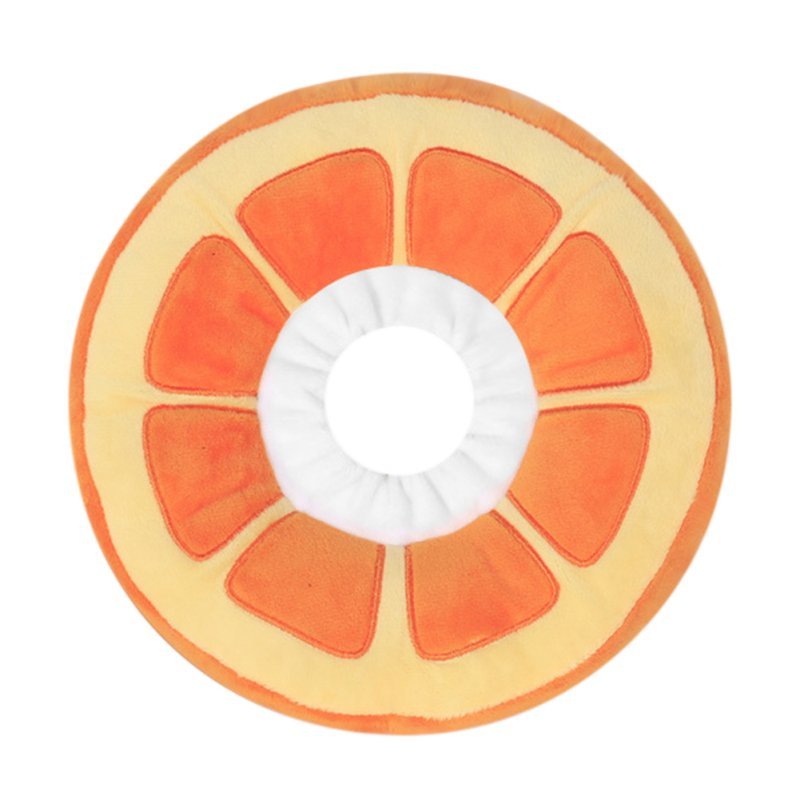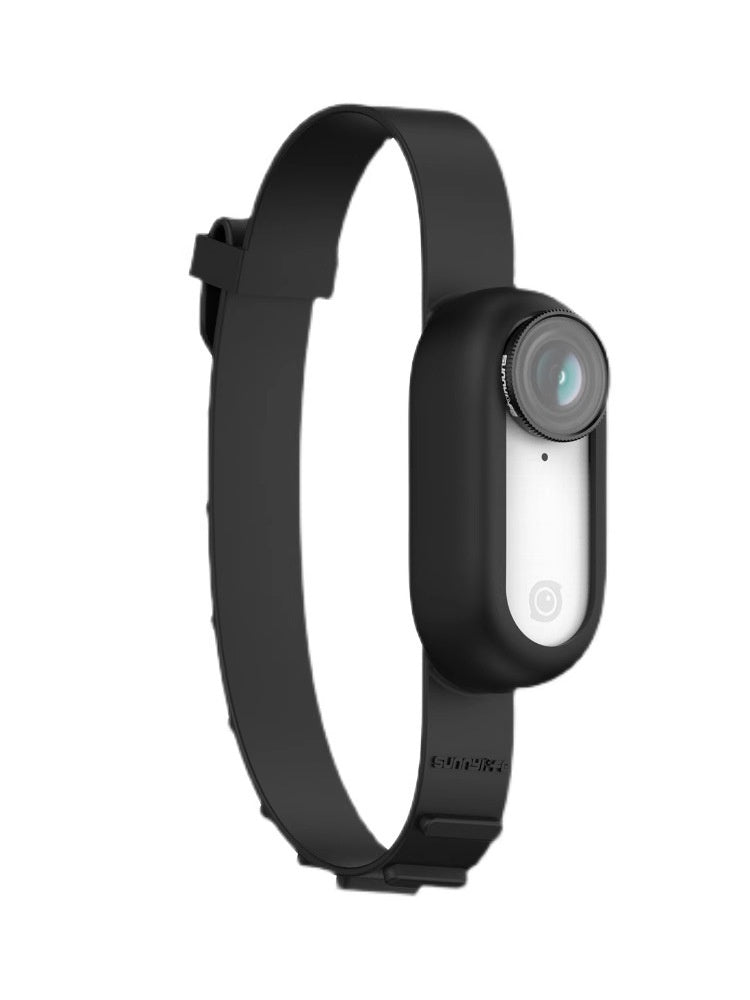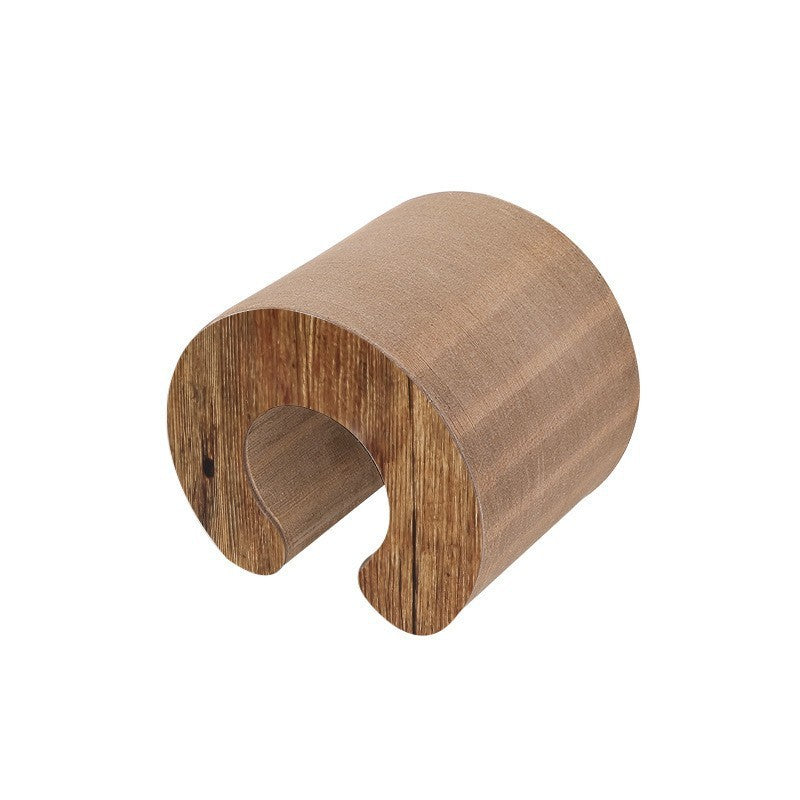Veterinary visits are essential for maintaining your cat's health, but they often rank among the most stressful experiences for both cats and their owners. From the unfamiliar journey to strange scents and handling by strangers, these visits can trigger anxiety in even the most relaxed felines.
In this blog, we'll share strategies to make veterinary care less traumatic for your cat.
Carrier training: Many cats associate carriers exclusively with veterinary visits, creating negative associations. Keep your carrier accessible year-round as a normal part of your home environment. Place treats, toys, or bedding inside occasionally to create positive associations, and consider feeding meals near or in the carrier.
Travel preparation: For cats who experience travel anxiety, minimize stress by covering the carrier with a light towel to reduce visual stimulation. Secure the carrier in your vehicle to prevent sliding, and drive smoothly to avoid unnecessary motion. Pheromone sprays applied to carrier bedding 30 minutes before departure can help calm nervous cats.
Waiting room strategies: Request the first appointment of the day when possible to minimize waiting time and exposure to other animals. Keep your cat's carrier elevated on a chair or bench rather than the floor, and maintain the towel covering to create a sense of security in the busy environment.
Australian veterinary practices, including those endorsed by the Australian Veterinary Association (AVA), encourage owners to request the first appointment of the day and keep the carrier elevated on a chair or bench. This approach helps minimise exposure to other animals and reduces stress for anxious cats.
Communication approach: Provide your veterinarian with details about your cat's temperament, previous experiences, and specific concerns before the examination begins. This information helps the veterinary team tailor their approach to your cat's needs, potentially reducing stress during handling.
Post-visit recovery: Allow your cat to decompress after returning home. Provide a quiet space away from other pets, and avoid forcing interaction until they're ready to engage. Some cats may seem "off" for hours or even a day after a veterinary visit. This is normal and usually resolves quickly.
RSPCA Australia and local veterinary clinics advise giving your cat a quiet, safe space to decompress after a vet visit. Avoiding forced interaction and providing familiar comforts can help your cat recover from the stress of the experience.
| Strategy | Purpose | How to Implement |
|---|---|---|
| Carrier Training | Reduce carrier-related stress | Keep carrier out, use treats/bedding, feed near carrier |
| Travel Preparation | Minimise travel anxiety | Cover carrier, secure in car, use pheromone spray |
| Waiting Room Strategies | Reduce exposure to stressors | First appointment, elevate carrier, keep covered |
| Communication Approach | Tailor handling to cat’s needs | Share temperament/experiences with vet |
| Post-Visit Recovery | Allow decompression | Quiet space, no forced interaction |
| Severe Anxiety/Medication | Improve experience for anxious cats | Discuss medication, seek “Fear Free” practice |
For cats with severe veterinary anxiety, discuss medication options with your veterinarian. Short-term anti-anxiety medications given before visits can significantly improve the experience. Additionally, consider seeking out "Fear Free" certified veterinary practices, which specifically implement techniques to reduce stress during examinations.
Step-by-Step Guide: Reducing Veterinary Stress for Your Cat
-
Carrier Training:
- Keep the carrier accessible year-round.
- Place treats, toys, or bedding inside to create positive associations.
- Feed meals near or in the carrier.
-
Travel Preparation:
- Cover the carrier with a light towel to reduce visual stimulation. Secure the carrier in your vehicle with a seatbelt.
- Drive smoothly and consider using pheromone sprays like Feliway.
-
Waiting Room Strategies:
- Request the first appointment of the day.
- Keep the carrier elevated on a chair or bench. Maintain the towel covering for security.
-
Communication Approach:
- Inform your veterinarian about your cat’s temperament and previous experiences.
- Share any specific concerns before the examination.
-
Post-Visit Recovery:
- Provide a quiet, safe space or your cat to decompress.
- Avoid forcing interaction until your cat is ready.
-
Severe Anxiety Medication:
- Discuss anti-anxiety medication options with your Australian veterinarian.
- Consider visiting a “Fear Free” certified practice if available.
Remember that investing time in preparation can significantly improve your cat's veterinary experiences, making future healthcare more accessible and less traumatic.
FAQs: Reducing Veterinary Stress for Cats
Q: How can I make my cat more comfortable with the carrier?
A: Keep the carrier out year-round, place treats or bedding inside, and feed meals near or in the carrier, as recommended by Greencross Vets and Vetwest Animal Hospitals.
Q: What can I do to reduce my cat’s travel anxiety?
A: Cover the carrier with a towel, secure it with a seatbelt, and use pheromone sprays like Feliway, as advised by RSPCA Australia and Australian pet behaviourists.
Q: How can I make the waiting room less stressful for my cat?
A: Request the first appointment of the day, keep the carrier elevated on a chair or bench, and maintain the towel covering, as suggested by the Australian Veterinary Association.
Q: Should I tell my vet about my cat’s temperament?
A: Yes, sharing your cat’s temperament and previous experiences helps the vet team tailor their approach, reducing stress during the visit.
Q: What should I do after a vet visit?
A: Provide a quiet, safe space for your cat to decompress and avoid forcing interaction, as recommended by RSPCA Australia and local vets.
Q: What if my cat has severe vet anxiety?
A: Discuss anti-anxiety medication options with your Australian veterinarian and consider visiting a “Fear Free” certified practice if available.









